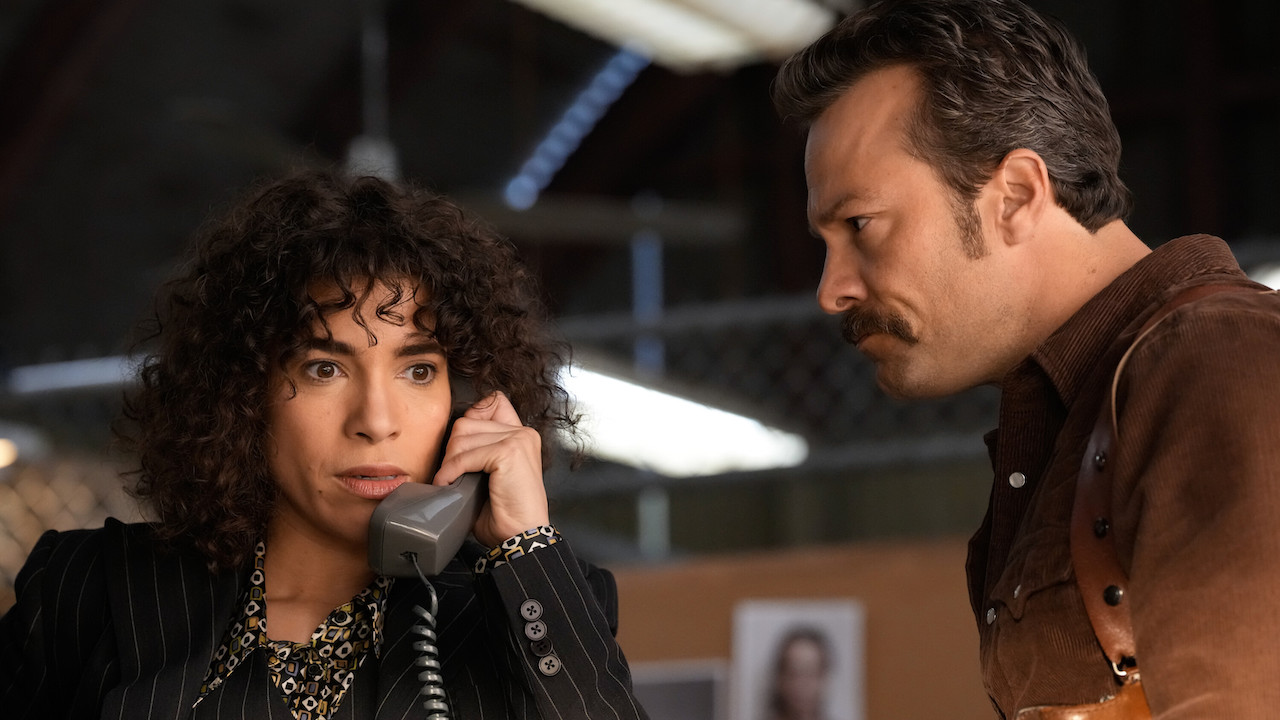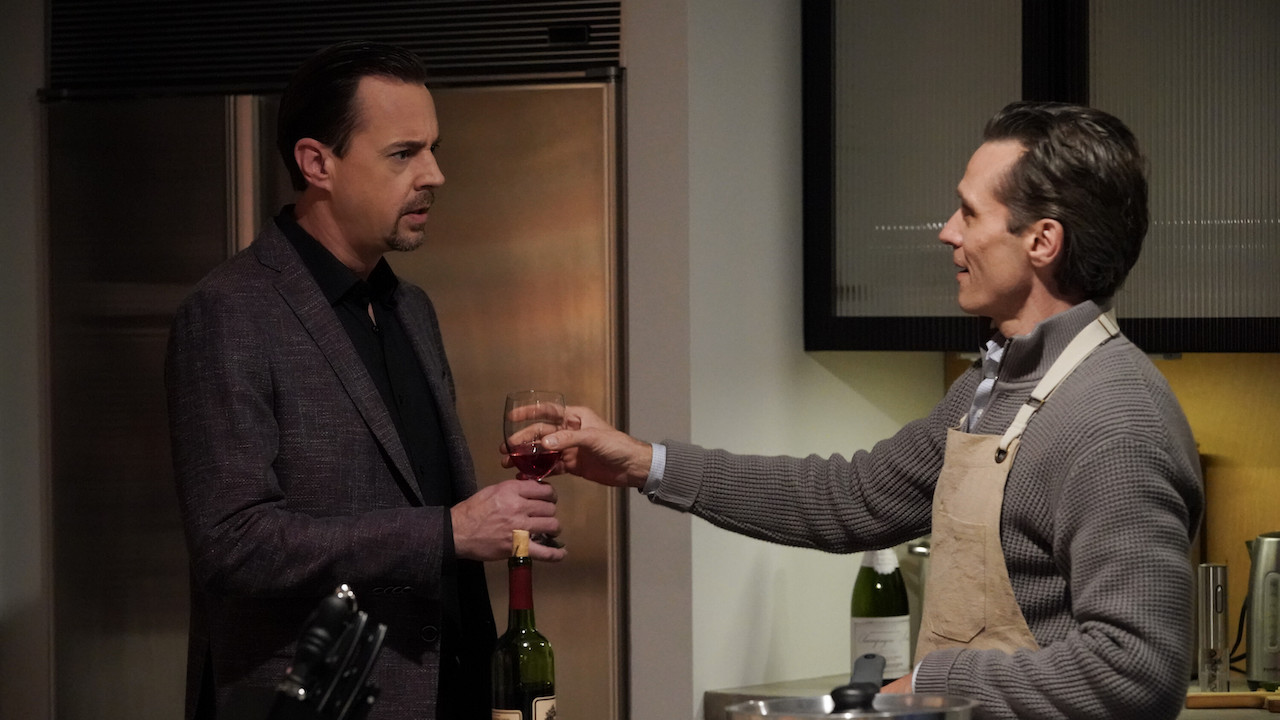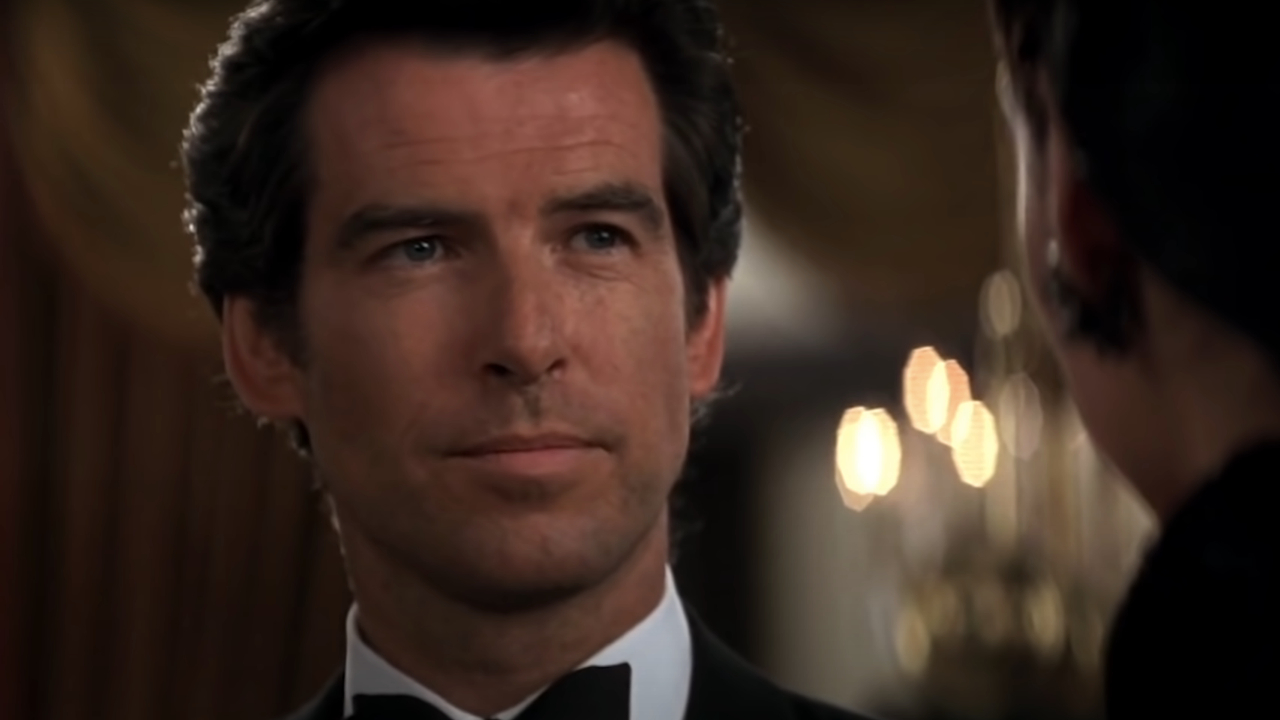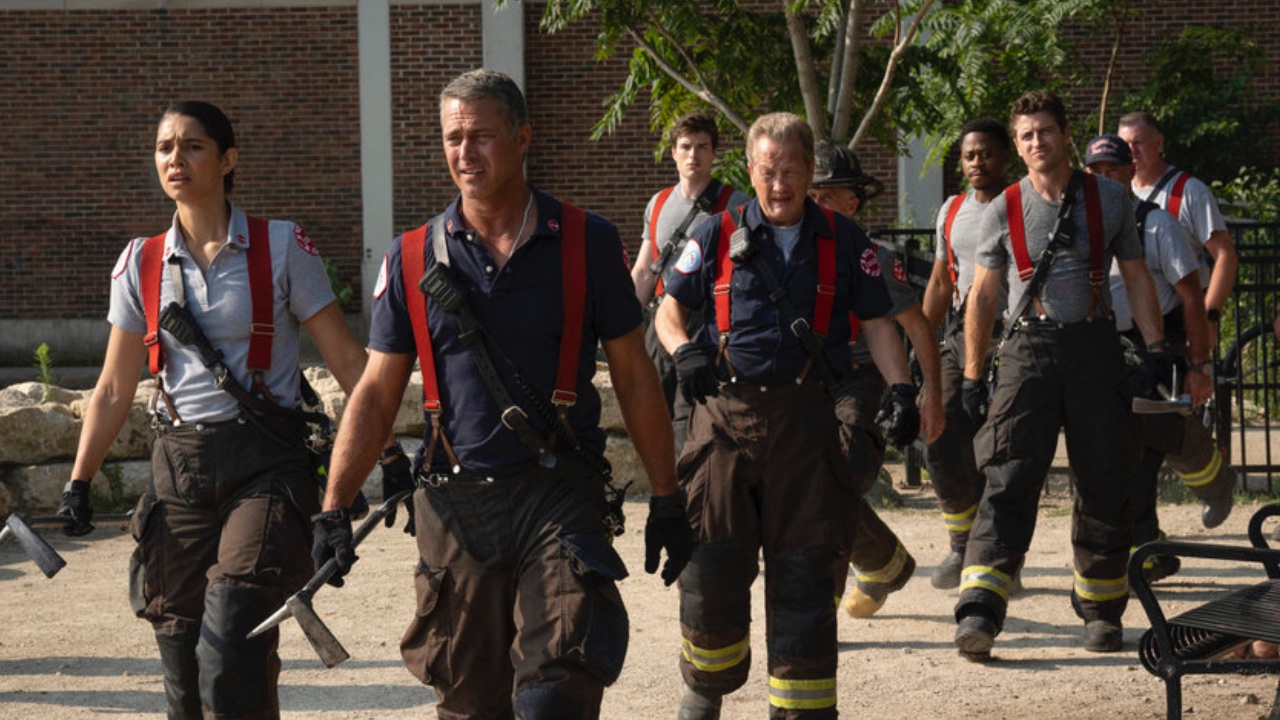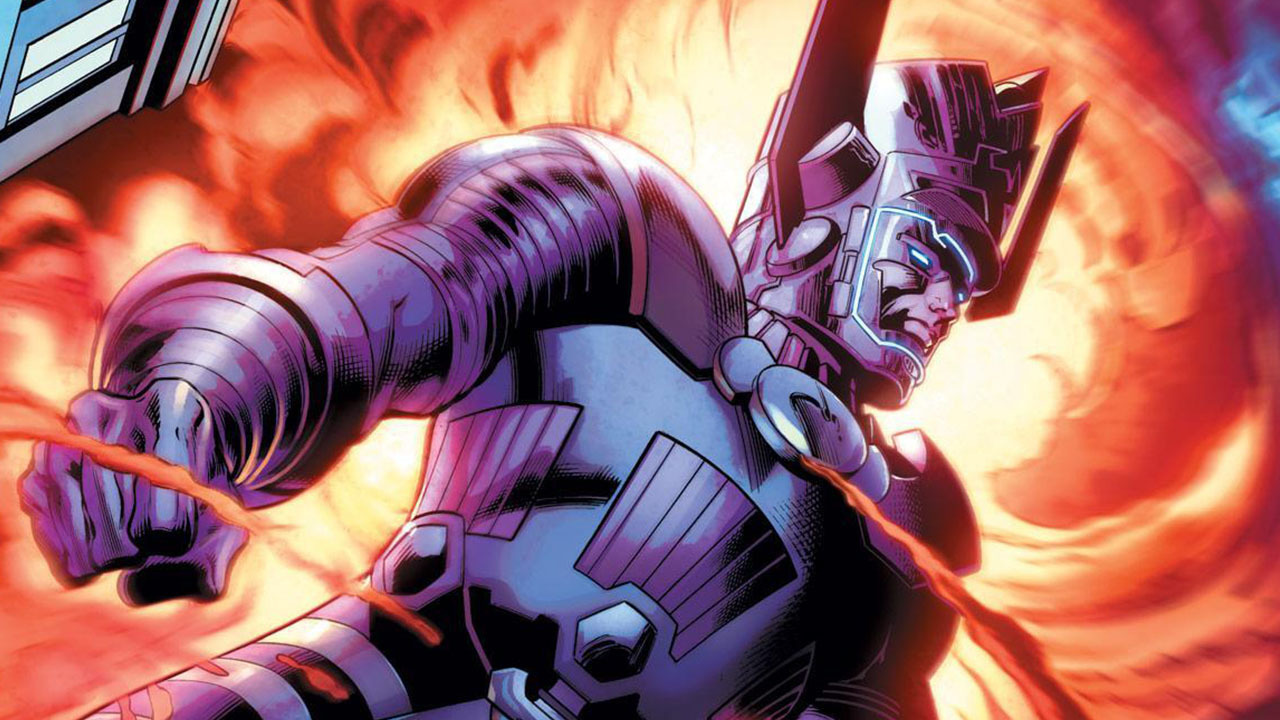Exclusive Interview: Law Abiding Citizen Director F. Gary Gray
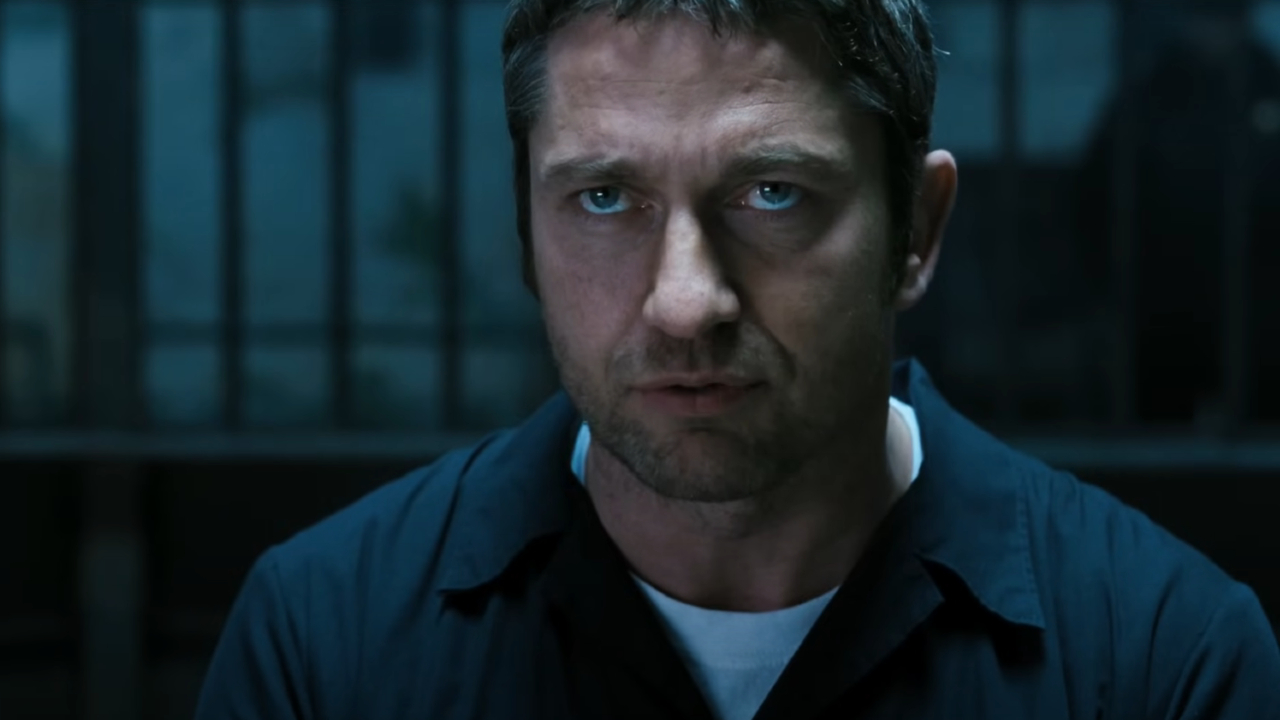
F. Gary Gray thinks people go to the movies to see what they can't see on television, and I guarantee you, Law Abiding Citizen is like nothing you'll see at home. The violent thriller stars Gerard Butler as a father mourning the loss of his wife and child at the hands of cold-blooded robbers, who witnesses the DA (Jamie Foxx) give the murderers a lenient deal, and 10 years later returns to extract revenge on the justice system that fails him. The movie is packed with gun fights, explosions, violent deaths and cat-and-mouse chase scenes, but also takes it upon itself to ask big questions about the nature of justice and when violence can be justified for the proper cause.
Though it provides a lot of audience-pleasing action, Gray says he wanted to make his movie more than just your average thriller. I talked to him on the phone about his plans for the film, particularly when taking over for Frank Darabont as director, and the research he did to properly depict all the weapons Butler's character uses to attack his victims. Read what he had to say about it all below. Law Abiding Citizen opens this Friday.
I know Frank Darabont had originally been involved as a director and in writing the screenplay. How did his contributions fit into what you did with the film?
He's a great writer and a great filmmaker, so I was really happy to jump in to this movie. He made a lot of great additions to the story. What I did to make it my own was work with some of the character relationships and the relationship with the audience. In the current version of the story, the characters, there's a complexity to the story where you're not really sure who the antagonist and the protagonist is. A lot of times with movies in this genre, it's about getting revenge and that's it. It's about so much more than revenge in the film. That was an element that I encouraged the writers to pay close attention to. On the surface it's mano-e-mano slugfest, but I think it's a smart chess game between the two.
Were there other movies that you were inspired by in making this? Seven and Silence of the Lambs can also be described as chess games between characters.
Seven and Silence of the Lambs, when you hear comparisons to those stories, I just take it as a compliment, because they're two great films. They work really hard to take it to the next level. It's been 12 years since you've experienced a film in this genre that's not afraid to kind of go there and take it to the next level and some of the smart interplay between the two characters.
This movie starts very intense very quickly. Why did you want to ramp up the action right from the beginning?
CINEMABLEND NEWSLETTER
Your Daily Blend of Entertainment News
I really wanted to grab the audience by the collar and say this is not your ordinary thriller. I think that we created a turn, opening the movie with a punch in the gut. That was deliberate, because wanted to make sure that the audience was at attention and paid attention to every detail thereafter. It wasn't in the script initially, it was somewhat impressionistic. I wanted the audience to know that all bets are off once you watch the first scene. You're not going to see the typical thriller. This movie is going to keep you guessing.
The violence is pretty intense as well. Were you ever worried about taking it too over the top?
We were really working for the truth. What's the truth in a situation like that, what would it really feel like. Clyde Shelton was a victim in the opening of the movie, and you really had to feel that. To intellectualize it is one thing, but to feel it is another.
Was it hard to stay within the parameters of the R-rating with all that violence?
We made some adjustments, which you'll probably see in the director's cut. It's really about whatever felt real. I wanted it to not feel gratuitous. It's not like in a horror film, where every other sequence you have a certain amount of violence. There are a couple of moments where you jump out of your seat. I think people go to the movies to see what you can't see on television.
The botched execution scene is particularly graphic. What kind of research did you do to create that scene?
I've never seen an execution in my life, but I have researched it on video. In movies, of course, because it's not a documentary, you take creative license. I think everyone involved did a good job of creating what I think is an execution that would go wrong. It's just a movie, so you can have fun with it.
How did you research some of the more over-the-top weapons in the movie? Are they real?
I did quite a bit of research with weapons experts and people within the Department of Defense, and a lot of studying of CIA tools. Almost anything is possible. That's the scary part. That's what makes this character so entertainingly dangerous.
Staff Writer at CinemaBlend


